Vespa, the good dinosaur
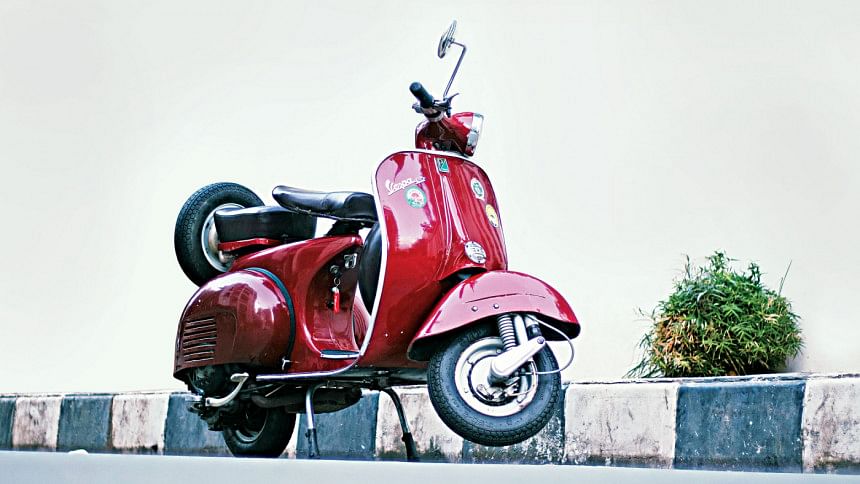
After 75 years and over 19 million scooters sold, Vespa, the Italian symbol of 'La Dolce Vita', is having the greatest time of its life. Sold in 83 countries on all seven continents, it would not be an exaggeration to say that Vespa is one of the world's most famous and beloved two-wheelers.
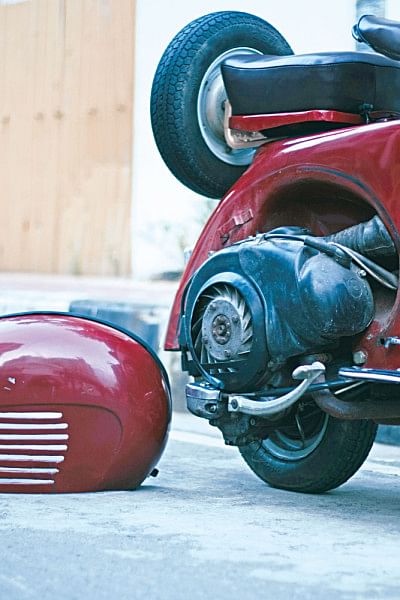
The FTS 300 is the one that celebrates the 19-million milestone and Vespa's adventures since 1946 from the Pontedera plant. Vespa, now an individual company owned by Piaggio, has evolved from a single model motor scooter to a full line of scooters and a globally renowned Italian icon.
After World War II, Italy was desperately trying to recover from the losses and rebuild their economy. Their aircraft industry was significantly reduced, and Enrico Piaggio, the son of Piaggio's founder Rinaldo Piaggio, decided to leave the aeronautical field and build affordable vehicles for the masses.
He started working with designers and engineers in 1944, and with the prototype dubbed the MP6 by Corradino D'Ascanio, in 1946, he took out a patent for a "motorcycle of a rational complexity of organs and elements combined with a frame with mudguards and a casing covering the whole mechanical part".
The MP6 brought the iconic step-through styling that we now know and love. The engine was mounted beside the rear wheel, which was driven directly from the transmission, eliminating the drive chain and allowing the introduction of a step-through design.
Other features included the handlebar-mounted controls and the enclosed bodywork with the tall front splash guard. When Enrico first saw the MP6, he unintentionally named this icon by exclaiming. "Sembra una vespa!" ("It looks like a wasp!"). In April 1946, Vespa introduced its first scooter in a Golf Club in Rome. Thus a legend was born.
The Vespa, strictly a child of necessity, surprisingly represented the joy of living and racing toward the future, and this is why it soon became an icon of freedom and emancipation for guys and girls all over the world. It not only met its function of providing the people with a mode of transportation but also gave a sense of freedom, developed equality among the rich and the poor and paved the way to the Italian economic boom of the late Fifties.
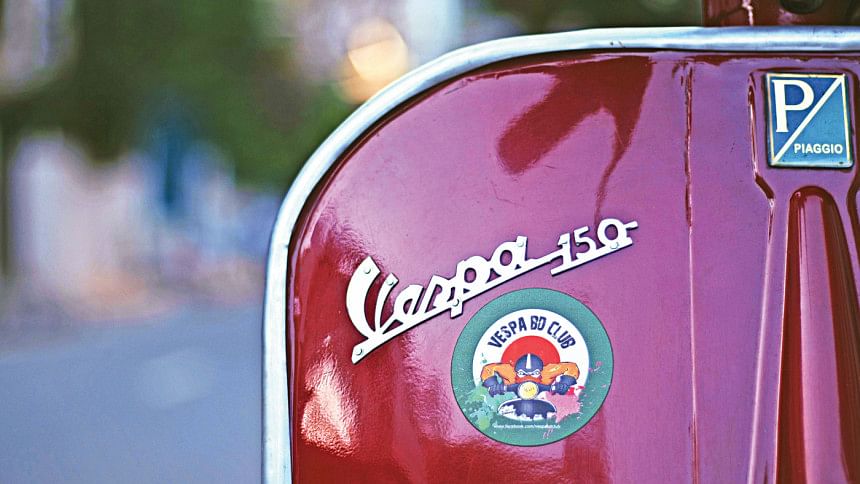
It freed the rider from traffic when cars and mass motorization spread. When, in the '70s, the world started to realise the need to preserve the environment, it came in as a viable solution with its low emissions and cheap running costs. It sold a million units by the first 10 years of its life, which was a staggering feat considering the concurrent world's state of affairs.
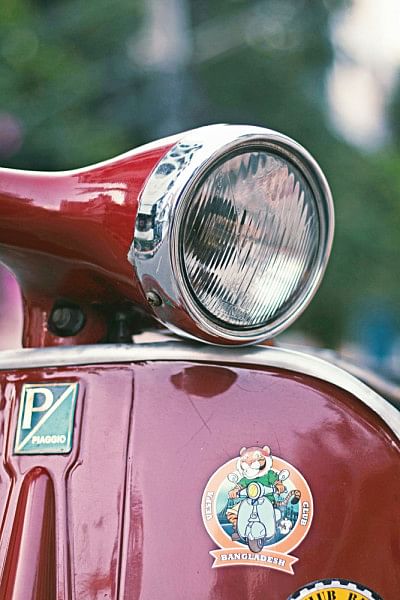
The Vespa has always been on the technological edge, consistently evolving while staying true to its original values. It had already founded manufacturing and distribution centres in Spain, Belgium, France, the U.K., Brazil and India.
This enabled Vespa to reach a global audience, and the audience loved it. Over the years, there have been 49 different versions of Vespa, including the anniversary special editions. Currently, six models, including an electric variant, are being produced for the global market.
Where the Vespa is recreational, yet a daily driver, in the developed portion of the world, it is a utility vehicle in places like Bangladesh. However, the quirky and sporty character of this machine has tickled our enthusiast buds too. There are fan clubs here also.
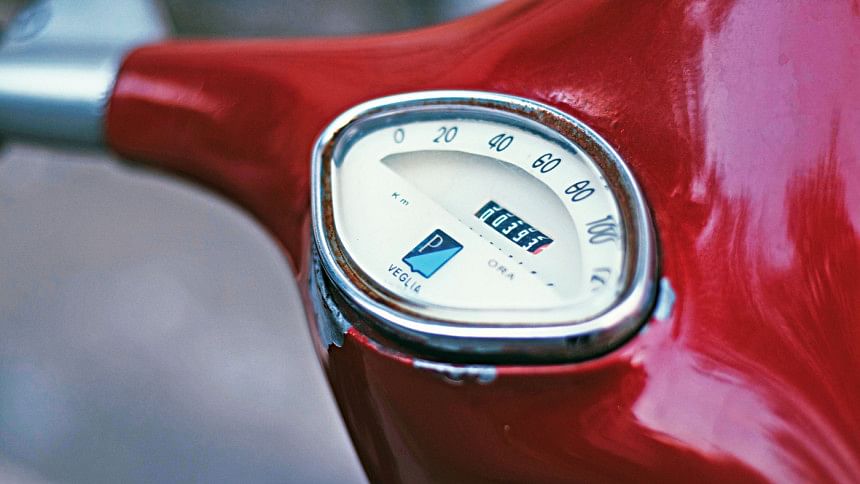
Farishta Jayas is a moderator of one such club, named Vespa Fan Club Bangladesh, who restored a 1961 Vespa VBB 1T 150. He found it in miserable condition and spent four months restoring it to its former glory. In his words, "There was an instant connection, and I was determined to cash in and get it and prepare for a complete restoration." Such are the stories of so many men and women who have seen and touched the Vespa.
Recently, to celebrate its 75th birthday, Vespa introduced a special Vespa 75th series, available for Vespa Primavera (in the 50, 125 and 150 cc engine sizes) and Vespa GTS (in the 125 and 300 cc engine sizes), limited to 2021. The new metallic Giallo 75th colour interprets classic colour trends from the '40s, and the number 75 appears on the side panels and front splash guard.

 For all latest news, follow The Daily Star's Google News channel.
For all latest news, follow The Daily Star's Google News channel. 



Comments